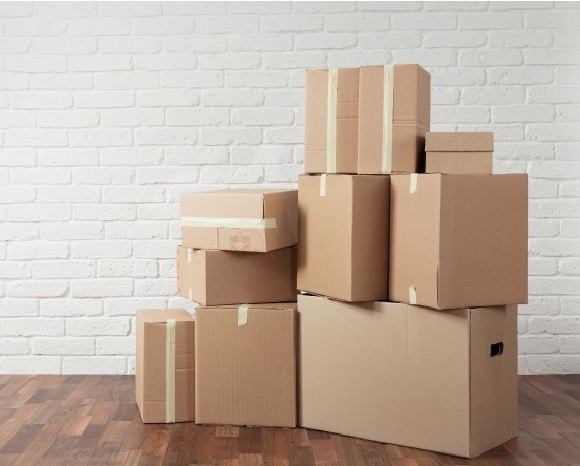Corrugated boxes and sheets are an important component of the packaging business. Majorly used in transportations, it should be strong enough to sustain the external pressures. To make them fit and strong to use in several applications, corrugate fiber boxes undergoes strict testing procedures. If the manufacturer knows the various properties of the corrugated fiber boxes proper precautionary steps can be taken.
Mr. Gaurav Jalan, Founder, and Director of India’s leading packaging company Packman Packaging Pvt Ltd talks about the ways to test the quality of corrugated boxes.

Bursting Strength
Since this kind of box is supposed to carry products of various weights and sizes, their bursting strength is checked before opting for packing. The bursting strength test uses hydraulic and pneumatic pressure on the tested sample. A round sample is fastened on the fixture and the desired pressure to be applied is set by using gauges. Glycerine is used as a way to make hydraulic pressure on the rubber diaphragm. As the diaphragm increases, it transfers equal pressure on the sample until it bursts. The pressure put to burst the sample is measured and shown on the screen or gauge.
Edge Crush
The corrugated fiber sheet has a design where a thin sheet consisting of ridges and furrows are stuffed between 2 linear boards. The ridges and furrows distribute the pressure equally through the entire surface hence, stopping and damage. To measure the strength of this structure 3 tests are performed usually on the corrugated structure. Edge, ring and flat crush test. An edge crush tester with several fixtures could be used to do all those tests. It implies a force from above on the sample in various positions. In edge crush test the force is used in axis towards the direction of the ridges. For a flat crush test, the power is used on the top of the ridges while in the flat position. While for ring crush test a ring is prepared out of a thin strap in which the ridges are in axis to the direction of force used.
Cobb Sizing
The raw materials needed to make corrugated fiber boxes are paper, which has a habit of soaking water. Thus, it is important to see how much water the sample can soak and retain. A cobb sizing tester is used for the process, which is a normal assembly to clamp the test sample below the cylindrical stainless-steel cavity. The cavity is filled by water when the sample is simply below it. After a few times, the sample gets removed. It is pressed with a heavy roller of steel to remove extra water out of it. The variance in weight of the sample after and before the test is cobb value of the corrugated fiber box.



